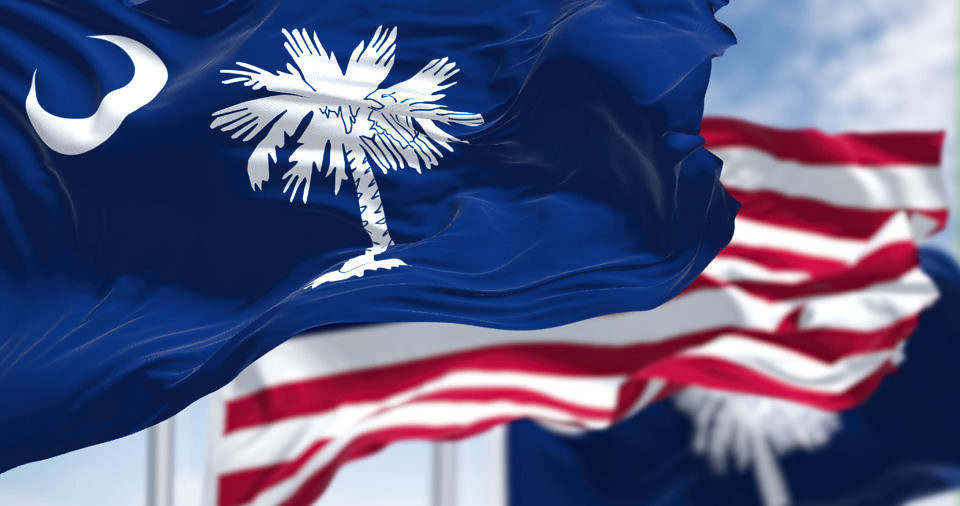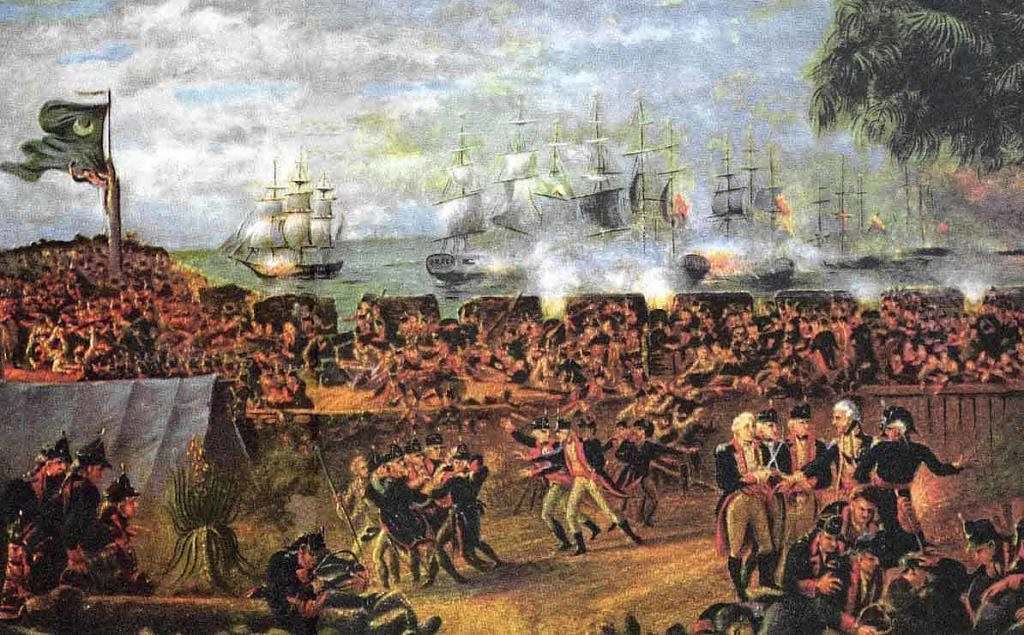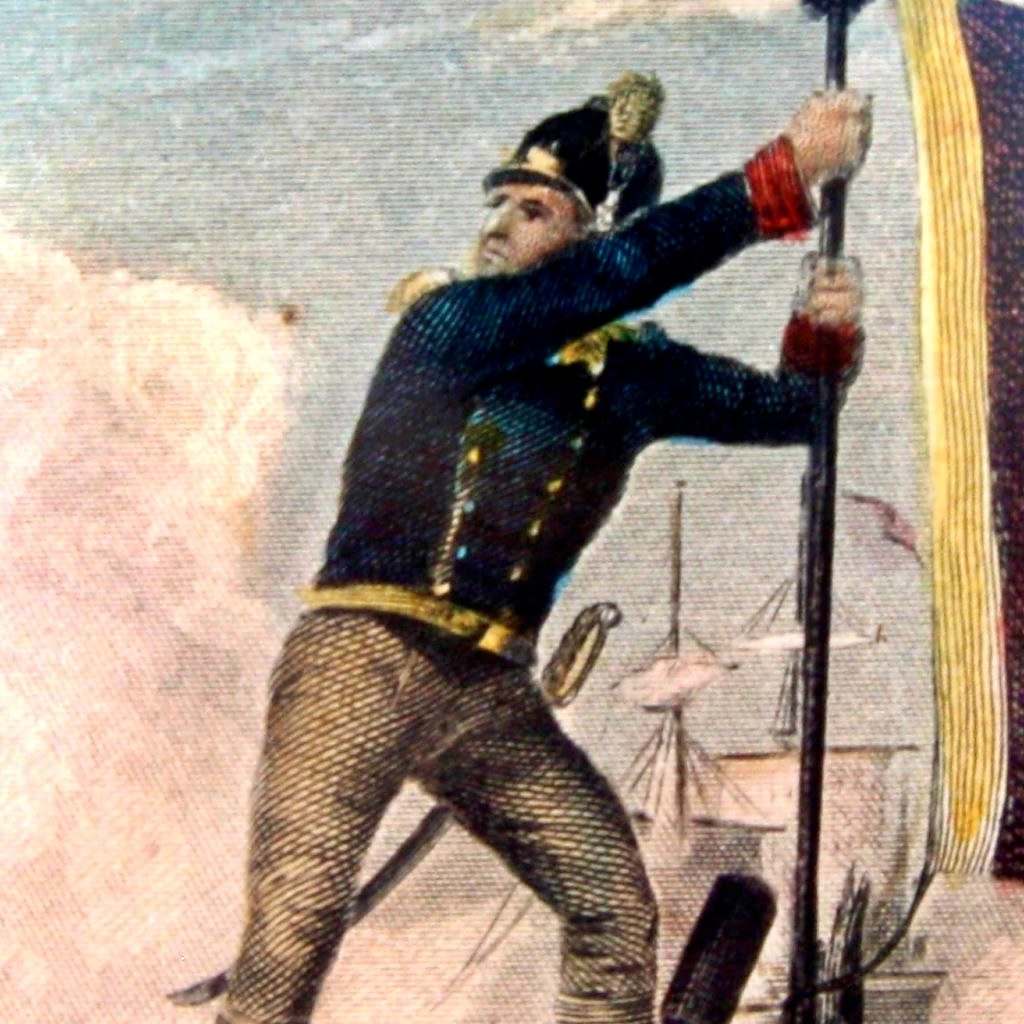|
Getting your Trinity Audio player ready...
|
This time of year is cluttered with special days. There was Memorial Day in late May, Flag Day a couple of weeks ago, and next week comes the Big Kahuna, the grandest, most significant holiday of them all, Independence Day.
But we have another important special day here in the Palmetto State: June 28, a.k.a. Carolina Day.
Sadly, many South Carolinians aren’t even aware of its existence nowadays. It’s tempting to go off on a rant about the increasingly pervasive failure of our government-run schools to prepare students to be good citizens – but I will resist the urge and let the evidence speak for itself.
For those unaware of Carolina Day, how it started, or why it’s observed, here’s a brief refresher …
It all goes back to the American Revolution – one of the biggest upsets in military history. Think about it for a minute: A bunch of rebellious, upstart colonists in a backwater part of the British Empire daring to take on a world superpower. And winning!

***
But America’s victory only feels like a sure thing in retrospect. At the time, there were many moments when the colonists’ dream of independence came perilously close to being snuffed out.
One of those moments came in the early summer of 1776. In an effort to kill revolutionary fervor in its crib, the Brits had their eyes on an immensely valuable prize: The port of Charleston, South Carolina. At the time, Charleston was the key to the Southern colonies. Its busy harbor made it the hub of economic trade in the South – and made South Carolina one of Britain’s fastest-growing colonies.
If the British hoped to regain control of their American possessions, capturing Charleston was a must.
All that was foremost in the minds of major general Sir Henry Clinton and admiral Peter Parker. They had been planning a joint land-sea attack with some 2,900 men since the first of the year. But bad weather and bad logistics had conspired to delay the operation. Clinton and Parker finally got going in May and quickly seized North Carolina’s sparsely populated coast. To the professionally trained British warriors, South Carolina seemed as though it would also be easy pickings.
And it might have been, too, were it not for William Moultrie.
(Click to view)
Moultrie was one interesting guy. A Lowcountry native, large plantation owner, and member of the colonial legislature, he was appointed colonel of the 2nd South Carolina Regiment when the war broke out. Impressive as that sounds today, at the time the regiment was little more than a band of well-intentioned but ill-supplied volunteer amateurs willing to fight for freedom. At the most, Moultrie could only scrape up some 431 men to withstand an invasion force seven times their number. It truly was a David versus Goliath situation.
Moultrie may not have studied at the Royal Military Academy, but he did know how to read a map. When the Brits arrived in June, they landed on what is now called the Isle of Palms. But they could move no further by land. The only way they could enter Charleston was via its harbor. And they couldn’t get into it without first passing Sullivans Island.
This was where Moultrie made his stand. He took the only building material at hand – logs from local Palmetto trees – and used them to finish a partially built fortification. He then rounded up all the artillery he could find – 31 pieces – and trained his gunners to only shoot when they were absolutely sure they could hit their target. With limited ammunition, every shot had to count.
Armed and fortified, they waited … but not for long.
On June 28, 1776 it was game on. Clinton’s troops attacked the fort from the north and were driven back with blistering musket fire. Meanwhile, eight British warships attacked from the sea – astonished by the reception that greeted them. The American cannoneers were slow, deliberate, and deadly. Officers personally sighted each cannon.
“Their fire was surprisingly well served,” a Briton later wrote. “They were very cool and took care not to fire until their guns were exceedingly well directed.”
(Click to view)
During the height of the fighting, a British shell hit the post’s flagpole. At that moment, sergeant William Jasper impulsively raised the flag colonel Moultrie had designed – the inspiration for today’s state flag – and held it in place at great personal risk, inspiring his comrades to continue fighting. (Eight states have a Jasper County in his honor.)
Fortune also favored the fort with the aforementioned Palmetto logs. Their spongy consistency made British cannonballs bounce off of them, causing much head-scratching on the fleet’s decks. Rather than splintering, the logs absorbed the impact of the shells – enabling the Colonials sheltered behind them to continue training their fire on the enemy.
The fighting continued until nightfall when the Brits finally pulled back under cover of darkness. In one of the war’s most lopsided victories, a handful of Colonial troops had killed and wounded 220 Englishmen (including admiral Parker), damaged four warships, and had caused a fifth to run aground and be scuttled.
The shot that wounded Parker in the knee actually knocked off his britches, too, according to legend – adding insult to injury.
Against these British losses, just twelve colonials were killed – and only 25 wounded.
Charlestonians were wildly happy at the repulse of the invaders, and the good vibes only intensified a few weeks later when word arrived that a little thing called the Declaration of Independence had been signed in Philadelphia on July 4, 1776.
“On June 28, we celebrate the patriots from all over the state who were essential in gaining America’s independence,” the S.C. Historical Society noted on its website. “Don’t forget to fly your own flag this Carolina Day!”
***
ABOUT THE AUTHOR…
J. Mark Powell is an award-winning former TV journalist, government communications veteran, and a political consultant. He is also an author and an avid Civil War enthusiast. Got a tip or a story idea for Mark? Email him at mark@fitsnews.com.
***
WANNA SOUND OFF?
Got something you’d like to say in response to one of our articles? Or an issue you’d like to address proactively? We have an open microphone policy! Submit your letter to the editor (or guest column) via email HERE. Got a tip for a story? CLICK HERE. Got a technical question or a glitch to report? CLICK HERE.




